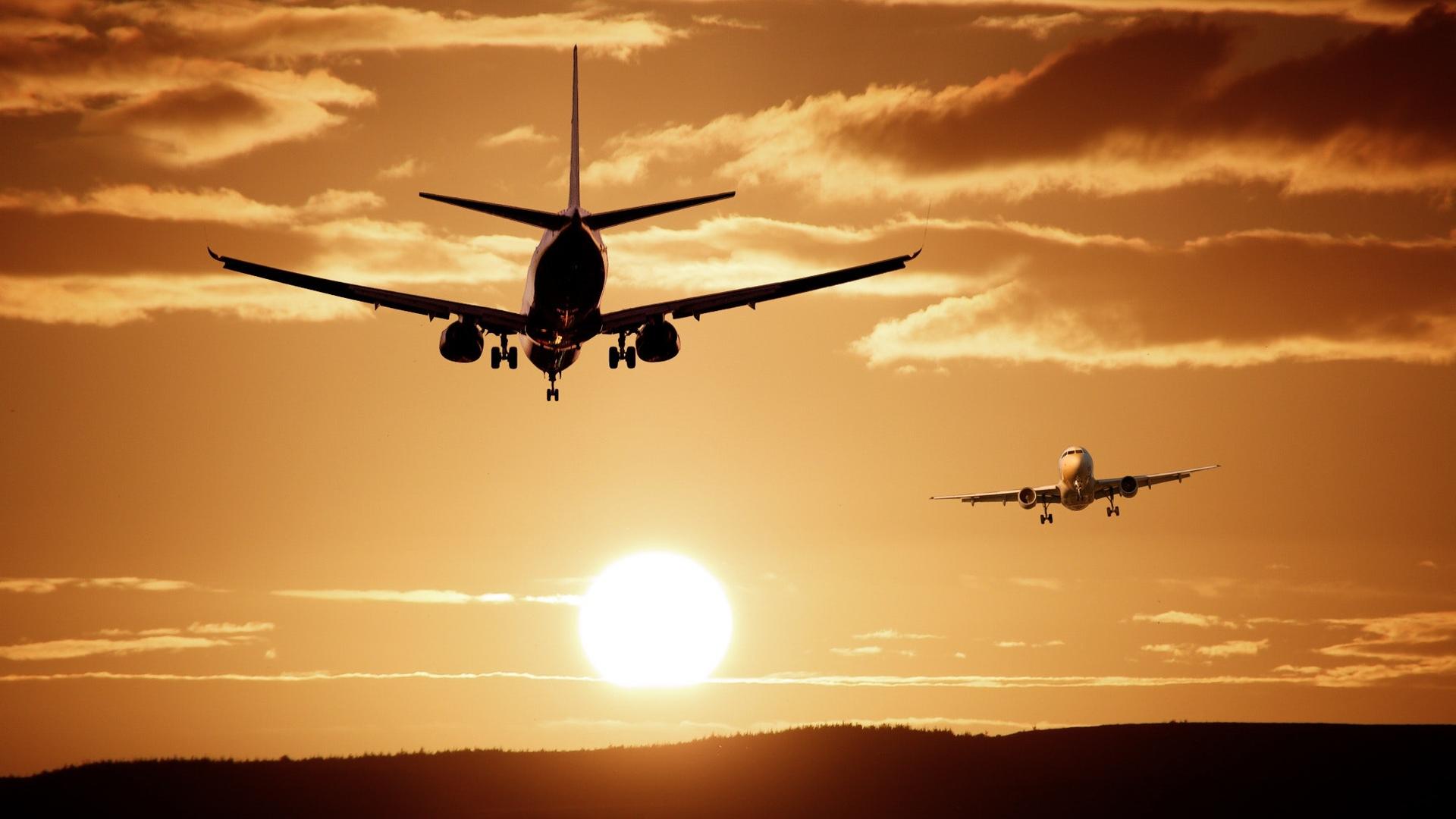In an industry with soaring growth, keeping air travel sustainable means training future aviators to transform the industry
By Sam Toman
Faculty of Environment
The commercial aviation industry is set to grow from roughly four billion passengers to more than eight billion in less than 20 years, creating an industry-wide priority to fill the expected shortfall of aviation professionals. With concerns about the industry’s carbon footprint growing, a sustainable future for aviation means training future aviators who can strike a balance between the economic and social benefits of flying and its environmental impacts. But striking a balance is what environmentalists refer to as a “wicked problem.”
“Right now, aviation is responsible for roughly two per cent of global emissions. That’s close to 12 per cent of all transportation-related emissions,” Suzanne Kearns says, an associate professor of aviation as the University of Waterloo. “It may not seem like much, but think of how many trips by car people take, compared to flights. It has an outsized impact.”

With flight shaming a growing concern, which is the inherent guilt that an individual might feel as a result of one's aviation-related carbon footprint, this social phenomenon will only worsen as the industry experiences explosive growth.
“This is a problem, but it’s also an opportunity,” Kearns says. “Young aviators have a new level of environmental awareness and they know they have a responsibility to make the industry more sustainable. We can be here to help foster that sense of duty and help them apply it to an industry that needs them.”
Only a decade old, Aviation at Waterloo is already the largest university-based aviation program in Canada. With many established flight schools across the country to choose from, future flyers are coming to Waterloo’s joint Faculty of Science and Faculty of Environment program because they don’t just want to learn how to fly, they want to build an industry that’s fair to the planet and its people.
“There is a lot of work needed to achieve a sustainable future for air transportation. We cannot address the challenges facing the future of aviation using the tools of the past,” Kearns says. “This means giving equal weight to economic growth,environmental protection and social inclusion. The advantage of studying aviation at a university like Waterloo is that we have the instructional resources to bring in expertise that goes beyond the technical aspects of flying.”
Kearns also serves as the vice-chair of outreach for the International Civil Aviation Organization’s (ICAO) Next Generation of Aviation Professional (NGAP) program and is a driving force behind their Fundamentals of the Air Transport System (FATS) course.
FATS is designed to teach young people about the aviation industry on an international scale. It is interactive, narrated by Kearns, and reviews a variety of aviation sectors (air law, aircraft, operations, air navigation, airports, security, accidents and safety).
But it’s the carbon footprint question that Kearns and her colleagues are increasingly focused on adding to all coursework.
“Sustainability is integrated within our aviation program from the very beginning. Just as the concept of safety is completely integral to every element of aviation operations, sustainability is emerging as equally intertwined,” Kearns says. “Students get multi-disciplinary instruction from some of the best in the business.”
The students also learn outreach techniques, human resources, education, safety science, national and organizational culture, language training, diversity and inclusion, scheduling practices, new technologies and professional development among many others.
“Only through reducing and offsetting the negative impacts can we shine attention on the many benefits of air travel — transporting a third of the world’s cargo, bringing vital sustainable tourism to communities that depend upon it, employing people in established and emerging markets and supporting the future of young people who are passionate about this field.”